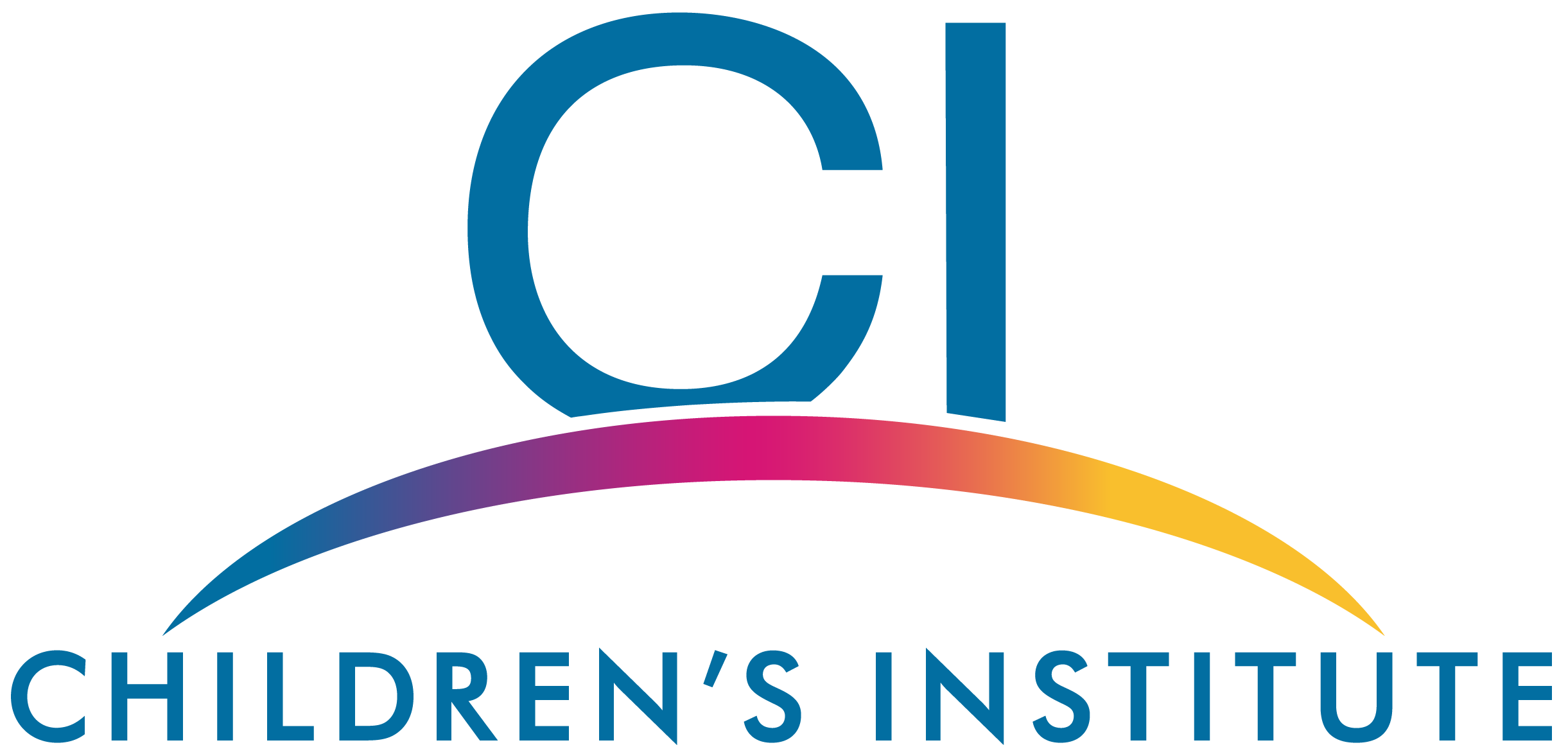

Screening Tools & Devices
A detailed description of the GROW screenings for families

VISION
SPOT Vision Screener
The vision screening looks at a child’s ability to see and if a complete exam is needed. When completing a vision screening, GROW uses the SPOT Vision Screener, a handheld, portable device that works like a camera. This device, which often takes less than a minute to screen with, is one of the quickest ways to detect visual problems and only requires minimal participation from the child.
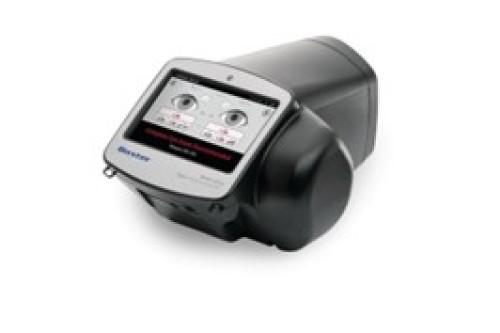

HEARING
The hearing screening checks your child’s ability to hear sounds and whether a further hearing evaluation is needed. GROW uses the following devices as needed for screening:
Otoacoustic Emissions (OAE) Screening
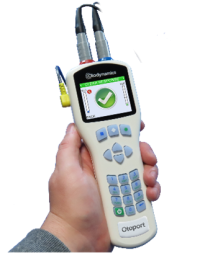
During an OAE screening, a soft probe is placed into your child's ear and some sounds are played through a small speaker in the probe. These sounds travel through your child's auditory system to the inner ear. If your child's auditory system is healthy, then the inner ear will produce an "echo" once the sound is received. If this "echo" can be measured by the probe, then this means that your child likely has normal hearing. If an "echo" cannot be measured by the probe, then this means that a more thorough hearing test is needed to determine if your child might have a hearing loss or some other problem with their ear(s).
Pure Tone Screening

During a pure tone screening, several low- and high-pitched tones are presented to your child at a volume that children with normal hearing should be able to hear. If your child can hear all the tones in both ears, then it likely means that he or she has normal hearing. If your child cannot hear some or all the tones, then it means that a more thorough hearing test is needed to determine if your child may might have a hearing loss or some other problem with their ear(s).
Tympanometry Screening
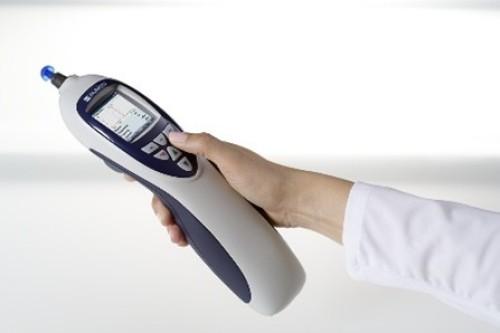
During tympanometry screening, a soft probe is placed into your child's ear and the pressure level in your child's ear canal is changed slightly. Your child may feel this slight pressure change - it often feels like the sensation you experience when driving up a steep hill. As the pressure level in your child's ear canal is changed, the equipment measures the movement of your child's eardrum. If your child's eardrum moves as expected, then this likely means that your child's middle ear is healthy. If you child's eardrum does not move, then this may mean that your child is experiencing a possible problem, such as excess wax or an ear infection and an appointment with your child's doctor is needed.
DENTAL
Lift the Lip Dental Screening
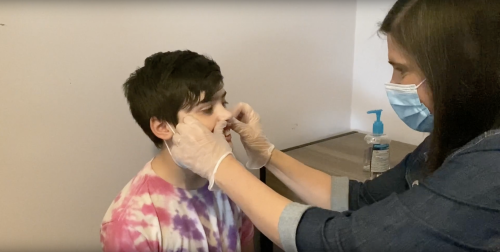
Lift the Lip dental screening, identified by Eastman Dental, is a quick visual look at your child’s front teeth to determine if there are signs of possible tooth decay including white & brown spots. The GROW screener, using gloves, lifts the child’s upper lip to get a good view of teeth.
SPEECH & LANGUAGE
The Preschool Language Scale (PLS-5)

The speech and language screening is a brief look at a child’s communication skills. The screening helps to determine if a further evaluation is needed for a child who may be at risk for delays in communication. The Preschool Language Scale (PLS-5) is a standardized screening tool used by the GROW screener and looks at the following 6 areas:
- Receptive Language: Refers to a child’s ability to understand words, questions, or directions given.
- Expressive Language: Refers to a child’s ability to use words to speak, answer questions, ask for things, or express ideas and feelings.
- Articulation/ Phonology: Refers to how clearly sounds and words are spoken; determines whether the child's speech is challenging for others to understand.
- Fluency: Refers to the flow, ease, and smoothness of sounds and words as the child speaks. Is there a repetition of sounds or words or is the child having trouble speaking clearly and fluidly.
- Voice: Refers to how a child’s voice sounds, for example loud or soft, high or low, hoarse or strained, for their age or size.
- Pragmatic Language: Refers to how a child's words and language are used and understood when interacting with people in social situations including play and conversation, when asking for things, and when responding to different situations or environments such as conflicts with friends.
MOTOR
Developmental Indicators for the Assessment of Learning-4th Edition (DIAL-4)

The motor screening is a brief look at the coordination and strength of a child’s gross and fine motor skills using the Developmental Indicators for the Assessment of Learning-4th Edition (DIAL-4), a standardized and global screening tool for young children. The DIAL-4 tests the following:
- Gross motor (large muscle groups): refers to the ability to show strength, coordination and balance in skills such as walking, balancing, kicking, throwing, jumping, swinging and pulling/pushing.
- Small muscle (fine motor): refers to the ability to show coordination and control with skills such as block building, cutting (with kid scissors), tracing and copying, lacing, playing with dials/twists, keys, and drawing/coloring.
THINKING & REASONING
The Ages and Stages Questionnaire (ASQ-3)

The Ages and Stages Questionnaire (ASQ-3) is a screening tool based on birth age that provides a quick check of your child’s overall development. It consists of a parent-completed questionnaire that helps to identify your child’s strengths and any possible concerns in 5 developmental areas: communication, movement and use of big muscles, movement and use of small muscles, problem solving and personal-social interaction skills.
SOCIAL & EMOTIONAL DEVELOPMENT

The Ages and Stages Questionnaire - Social - Emotional (ASQ-SE2) is a screening tool based on birth age that provides a quick check regarding your child’s behavior and social-emotional development. It consists of a parent-completed questionnaire that helps to identify any possible developmental concerns in 7 areas: following directions, taking care of needs like eating and sleeping, initiating and responding, demonstrating feelings and understanding of other’s feeling, communicating with others and interacting with others.
